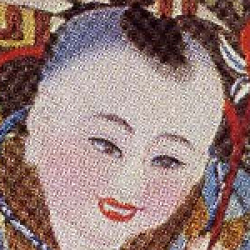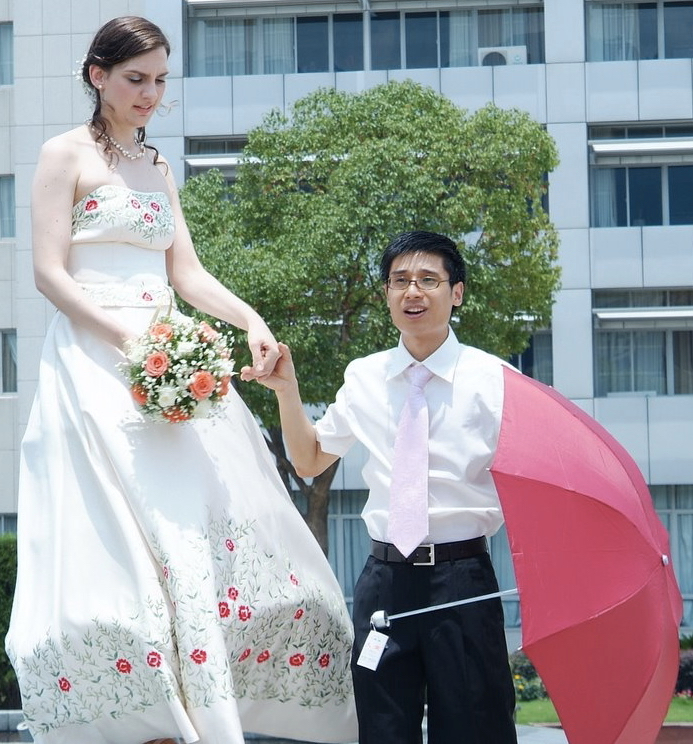The YA novel Eleanor & Park by Rainbow Rowell features a white girl and a biracial Korean boy falling in love in high school. While this sounds like just the kind of book I’d embrace and promote on this blog, Eleanor & Park is actually rather racist.
And now it’s getting made into a movie, which has renewed the criticism of racism in the book, as noted in an article about the movie on Vice:
Since the movie deal was announced, dissenters have taken to Twitter to denounce Rowell’s Cho-Chang–ass naming choices (Park is an extremely popular Korean surname, not first name, something Rowell acknowledged in an FAQ); the choice to hire a Japanese director to tell a Korean American story; her descriptions of Park as feminine; her description of another Asian boy’s “just barely almondy” eyes; dialogue between the two main characters where Park says “Asian girls are different. White guys think they’re exotic… Everything that makes Asian girls seem exotic makes Asian guys seem like girls”; descriptions of Park’s mother comparing her to a China doll that further solidify the misogynistic “exotic” stereotype; the fact that Park literally does kung fu against a bully at one point… the list goes on! And on! (Rowell and production company Picturestart did not respond to a request for comment.)
Just do a search for “Eleanor and Park racism” and you’ll find a multitude of articles that back this up, including a review in the Los Angeles Times titled ‘Eleanor & Park’: Where romance and racism seem to go hand-in-hand.
This novel dishes up awful representation of Asian characters, which will then get translated onto the big screen. And the thing is, such representation in the media does indeed matter.
A recent article titled The Psychology of Racism noted that media is one of the major areas that can amplify racism, as summarized in a post on Psychology Today:
The sixth factor the authors identify as contributing to racism in America is the media. The authors cite clear evidence that demonstrates people internalize what they watch on TV. A very early example of this research occurs in a 1963 study where preschool children witness aggression on TV and then imitate that aggression in their lives. The paper is the first in a large body of research that demonstrates how people internalize what they see in the media. The authors also cite clear evidence that the American media portrays idealized representations of White Americans and marginalizes and minimizes people who are not White.
So problematic portrayals, such as in Eleanor & Park, do have real-world consequences in terms of racism. In this case, the forthcoming film will further bolster negative stereotypes about Asians.
None of this has deterred the production of the movie — but then again, perhaps that shouldn’t surprise anyone about Hollywood, given even recent examples of yellowface and whitewashing of Asian characters in the movies.
Nevertheless, it’s just not right that Eleanor & Park became a best-seller and now will be made into a film, as noted in Vice:
…as books like Eleanor & Park continue to find success, the representation conversation will churn on with depressing regularity. It hurts to see that not only has a white author, catering to young people, has sailed along without reckoning with her racism, her fetishization and her lazy caricatures; she’s been rewarded with even more success. It’s hard to blame Asian Americans for focusing on the things that make us feel invisible, even if these debates may muffle the least visible among us.
What do you think about the outcry over racism in Eleanor and Park and the forthcoming film?




 According to Anita, the normalized train service has cut their logistics costs in half and doubled the speed for shipments. Yuan added that, wherever the trains go, they will sell there.
According to Anita, the normalized train service has cut their logistics costs in half and doubled the speed for shipments. Yuan added that, wherever the trains go, they will sell there.





